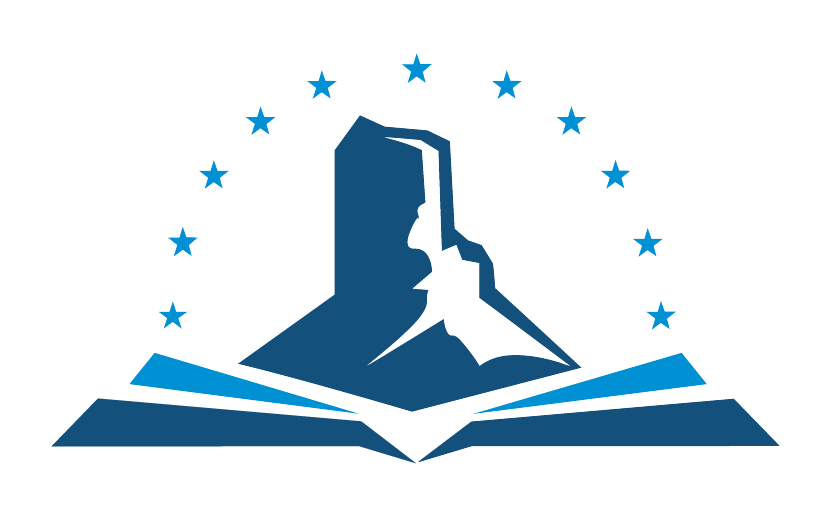SPECIAL ED 101
One purpose of IDEA (Individuals with Disabilities Education Improvement Act) and the Utah State Board of Education Special Education Rules is to ensure that students with disabilities, age 3 through 21 have available to them a free appropriate public education (FAPE) that emphasizes special education and related services, as specified on an Individualized Education Program (IEP).There are thirteen areas of eligibility:
1. Autism
2. Deaf-blindness
3. Developmental Delay
4. Emotional Disturbance
5. Hearing Impairment/Deafness
6. Intellectual Disability
7. Multiple Disabilities
8. Orthopedic Impairment
9. Other Health Impairment
10. Specific Learning Disabilities
11. Speech/Language Impairment
12. Traumatic Brain Injury
13. Visual Impairment (Including Blindness)
Referrals are made either by a parent or an LEA (Local Education Agency).
Parental consent is obtained for evaluation.
Then, initial evaluation takes place. Each area of eligibility has criteria to be met. Students are to be evaluated only in the suspected areas of disability and are given a multiple measures (formal and informal).
The IEP team required members are the parent of the student, an LEA representative, a general education teacher, a special education teacher, and a person who can interpret the instructional implications of evaluation results. The parent and/or LEA may invite other individuals who have knowledge or special expertise regarding the student. Whenever appropriate, the student with a disability should attend.
A student is determined eligible if a group of qualified professionals and the parent determine that the student is a student with a disability and requires specialized instruction.
Lack of instruction and/or limited English proficiency are not considered disabilities.
